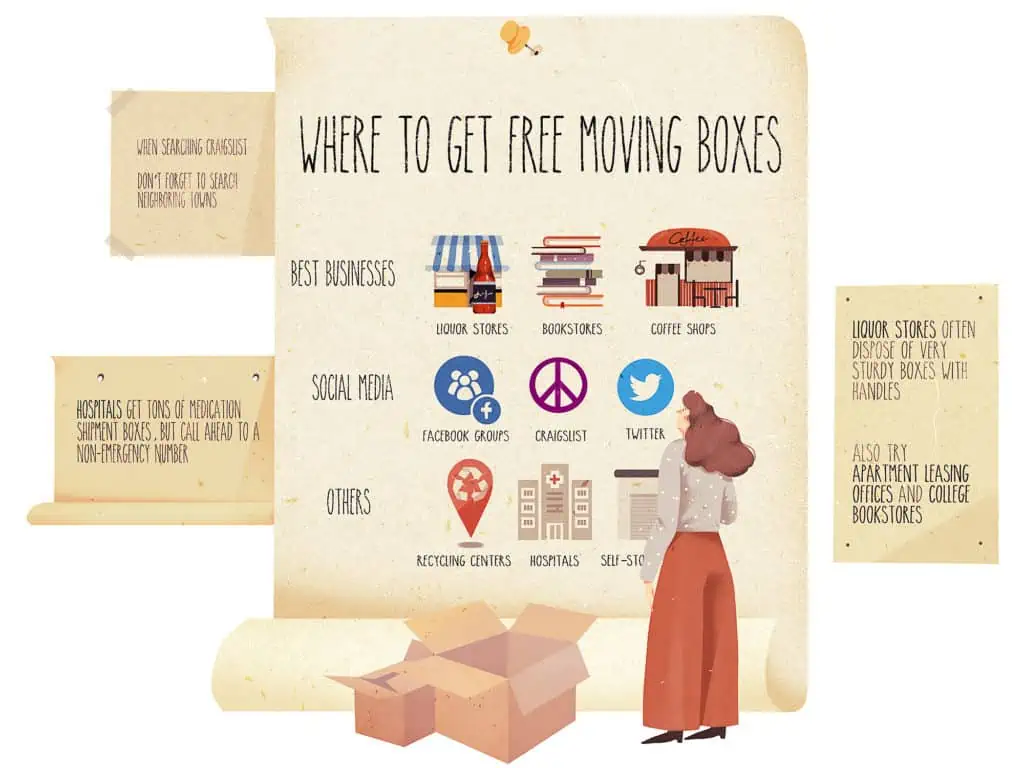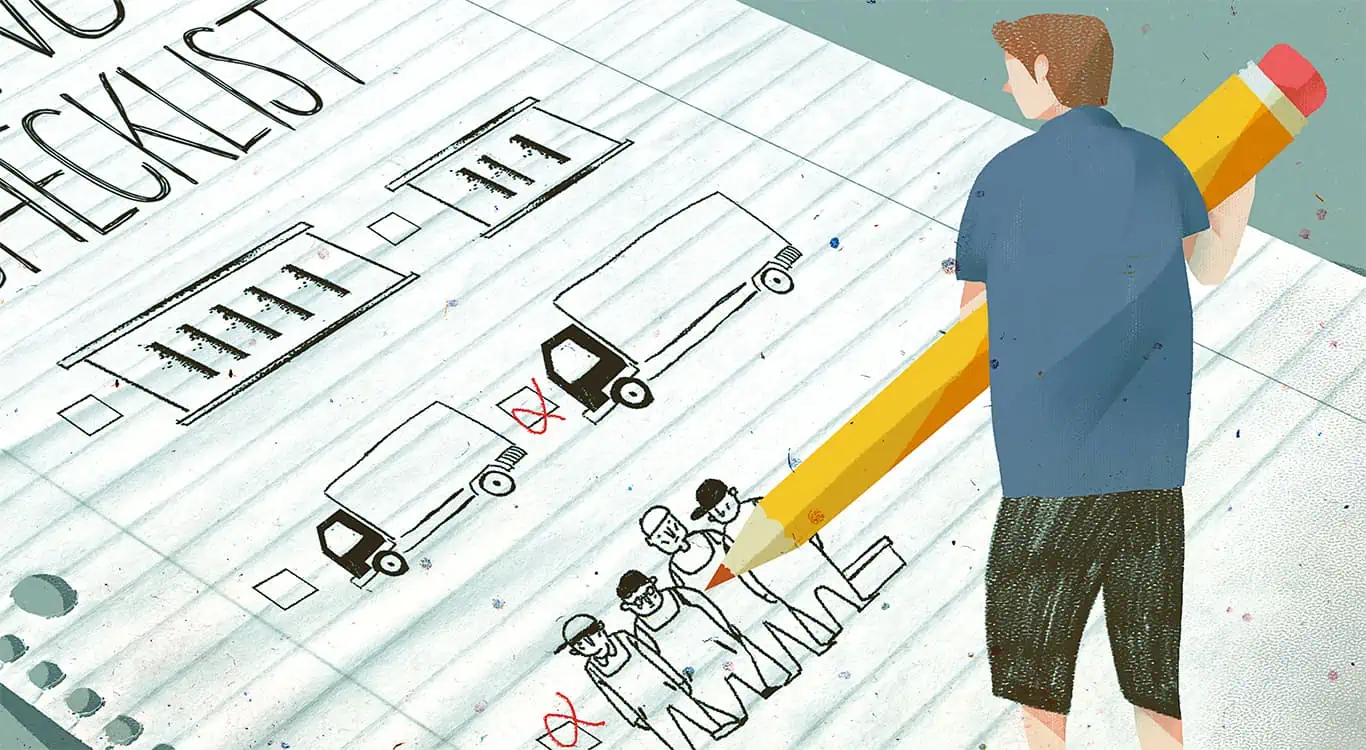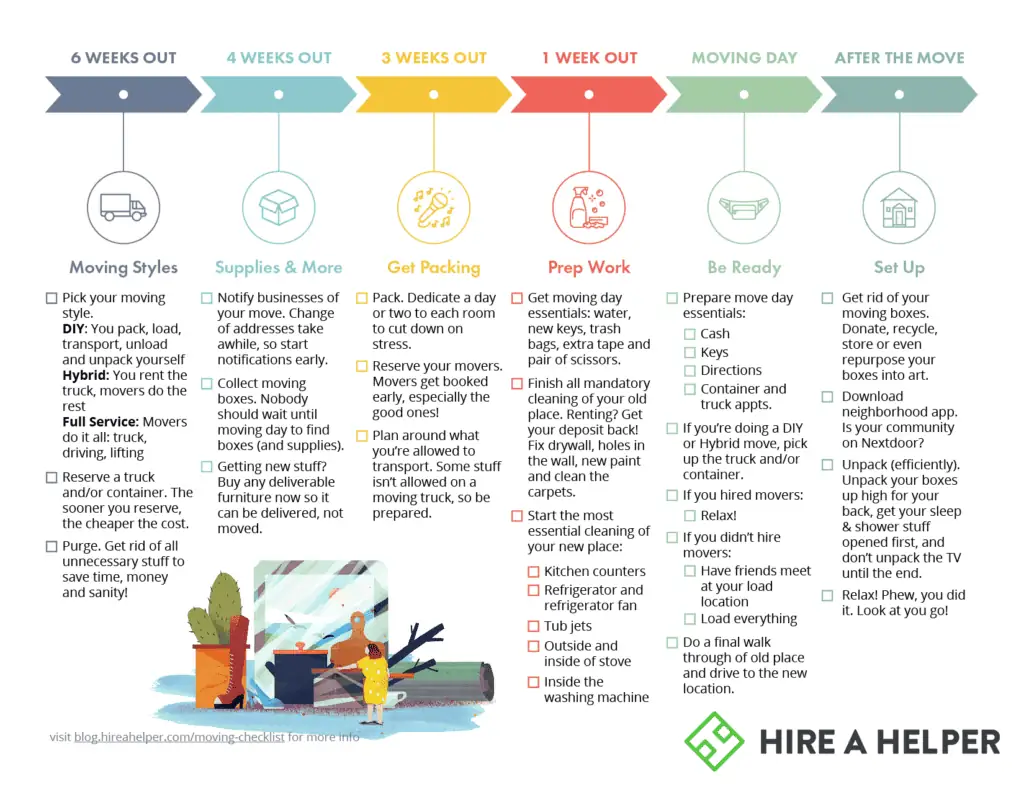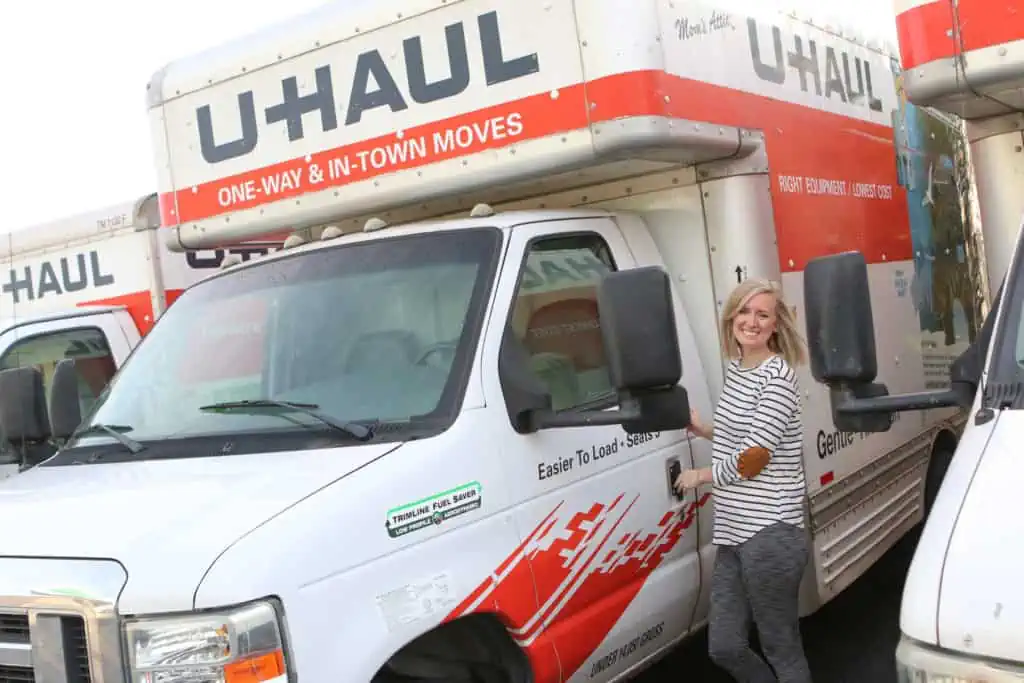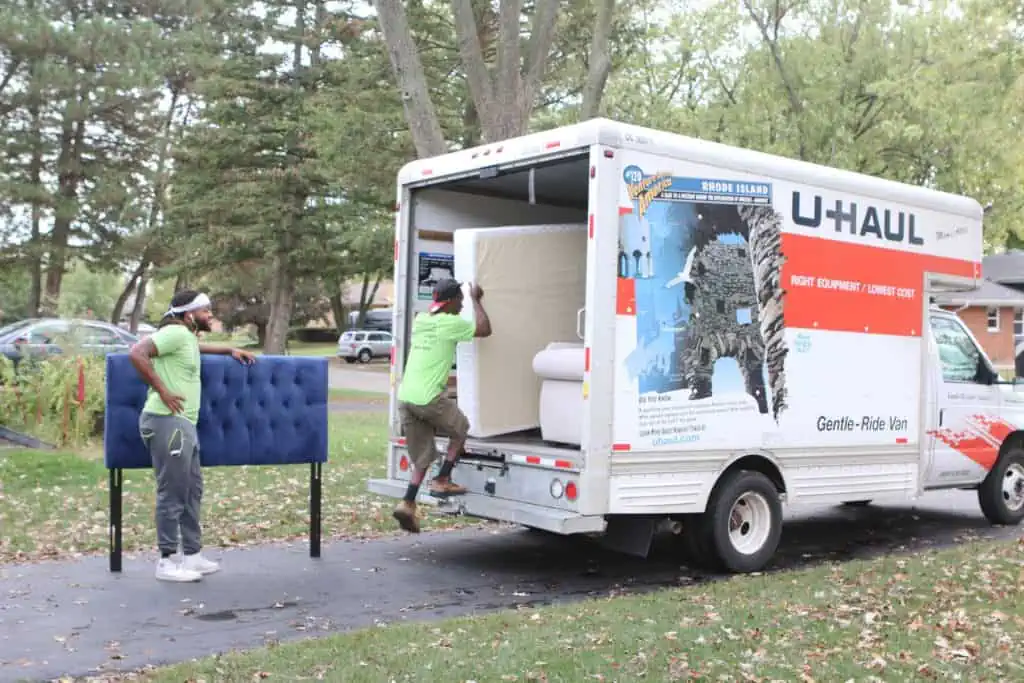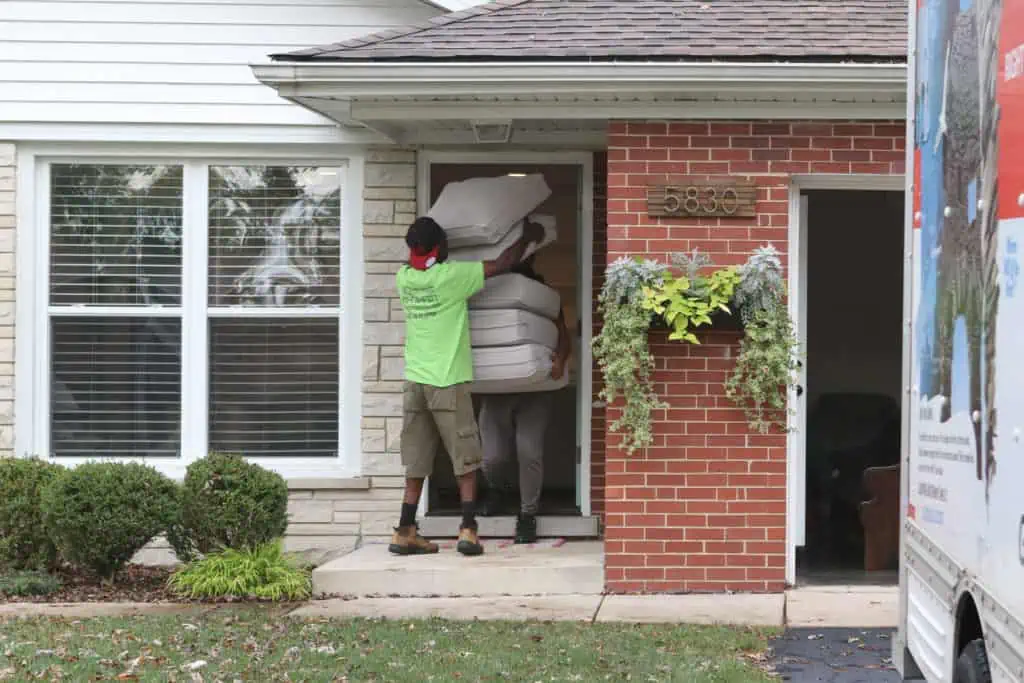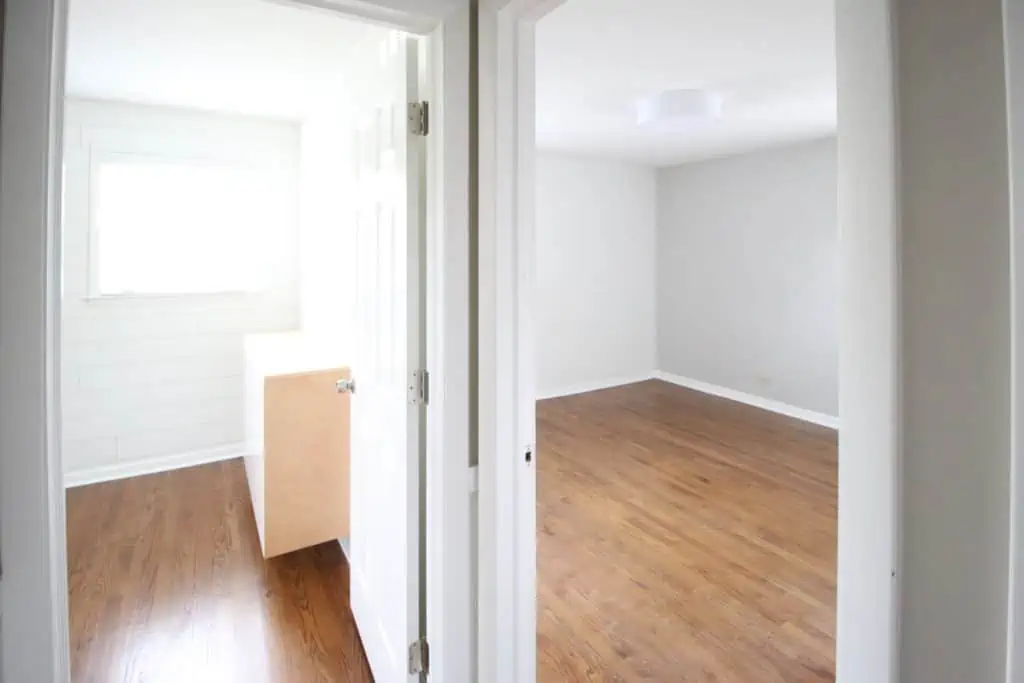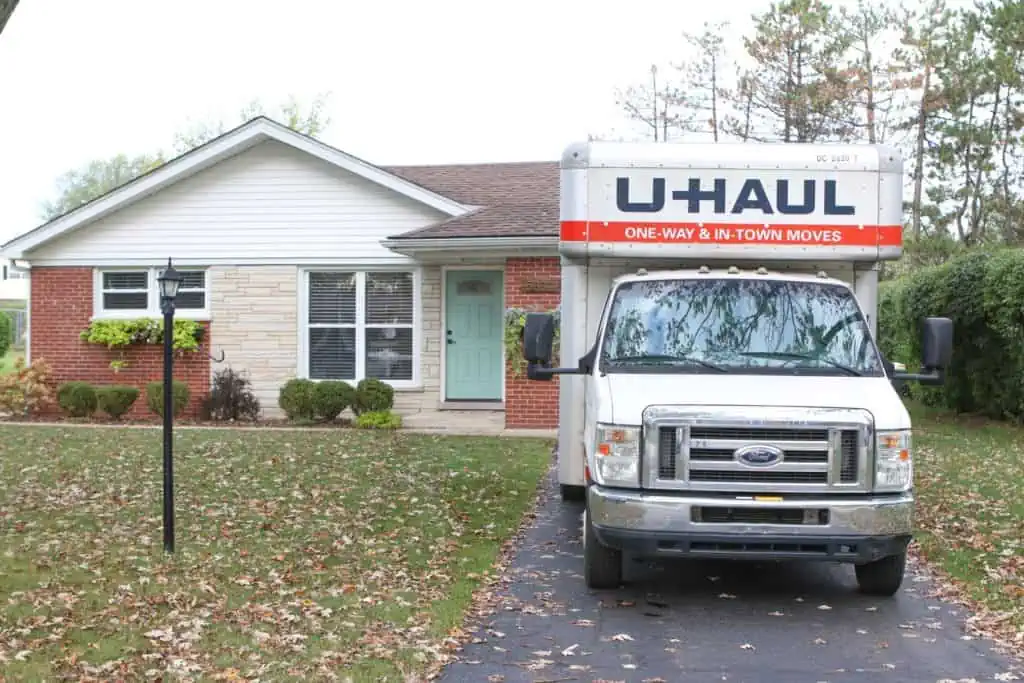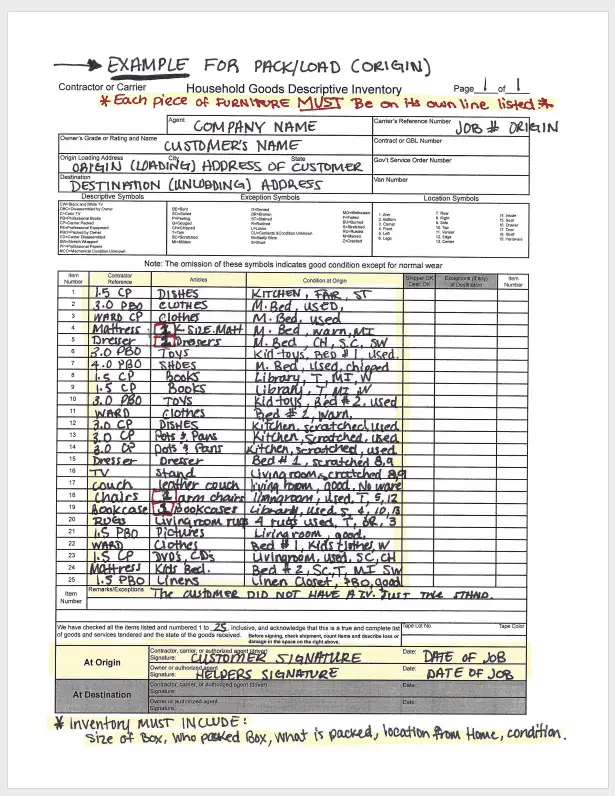Looking for cheap San Diego movers?
I hear ya. Cost is definitely one of the most important factors for people planning a move — however, it’s not the only one! Moving is stressful, time-consuming, and you’re handing most of your stuff over to relative strangers. A slightly higher cost for better quality and peace of mind is worth every penny.
One of the key things to look for is a trustworthy moving company with professional, responsible movers. This is especially important in California, which has become notorious for moving fraud (especially for out-of-state moves).
“Don’t be afraid to hire additional moving helpers. While it might feel like you’re paying more, if you’re hiring moving labor by the hour, you could wind up shaving some time off the move…”
But what does a reliable moving company look like?
For one, make sure that they have their insurance policies up to date and licenses (MC#/DOT) in order. You’ll also want to search for some positive reviews from real former customers. Moving insurance can give you peace of mind as well — so can opting for a moving provider that offers a service guarantee.
Below are some must-know’s for moving to and around San Diego!
San Diego Moving Options
There are generally three options for moving in San Diego: do-it-yourself, hybrid, and full-service.
- DIY is going to be your most budget-friendly option. You’re not hiring professionals to help you out, so you just need to pay for your truck, your supplies, and so forth. The tradeoff is all of the extra time and labor your move will require.
- Hybrid is the option where you pay for help for part of the move, but still do the transportation yourself. In other words, you pay for moving helpers to load or unload your things, while you rent and drive the moving truck.
- Full-service means that movers come to your house, pack your things onto their own moving truck, drive your belongings to your new place, and unload everything into the proper rooms. There are some options that have you pack your own stuff into boxes first, but typically full-service takes care of your move from start to finish. Naturally, this means it’s the most expensive option.
See prices for local moving labor. Read real customer reviews. Easily book your help online.
San Diego Moving Costs
The moving style you pick from above will greatly impact how much you pay for your move. Keeping in mind that a number of factors can vastly skew the overall total cost of a move (including things like gas, moving insurance, overnight lodging, and more), here’s a quick overview of how moving costs might compare for these different options:
- Local DIY move: $175–$475
- Local hybrid move: $350+
- Local full-service move: $700+
- Long-distance DIY move: $1,000–$5,000+
- Long-distance hybrid move: $1,300+
- Long-distance full-service move: $2,000+
San Diego Moving Cost by Move Size
Your costs will, of course, depend on the size of your own move. In most cases, final price is determined by the total volume of your belongings. But if you’re like me, trying to guess that number before you’ve packed a single box feels like some kind of high-pressure carnival game. The easier way to know how expensive your move will cost is to go by how many rooms you have.
“Most people in San Diego use a 20-foot truck to move their stuff. Naturally, people with less furniture might get away with something smaller…[while] those with very large homes might want to go for a large truck (18–24 feet long).”
Below, you’ll find cost estimates for different move sizes (including both loading and unloading) in San Diego:
| Size | Movers Needed | Number of Hours | Square Feet | Avg. Move Cost* |
| Studio/Small Apt | 2 | 4 | Up to 800 | $632 |
| 2–3 Bedroom Apt | 2 | 5 | 800–1,200 | $787 |
| 2–3 Bedroom House | 3 | 7 | 1,000–1,500 | $1,370 |
| 4+ Bedroom House | 4 | 7 | 1,500–2,000 | $1,960 |
*Labor only for a short-distance local San Diego move. This doesn’t include truck rental costs.
Of course, you’ll want to account for any additional factors, like whether your building has a lot of stairs (movers often charge for extra stairs) or if you have fragile or extra-heavy items (not a fridge, more like a hot tub).
Pro tip: Don’t be afraid to hire additional moving helpers. While it might feel like you’re paying more, if you’re hiring moving labor by the hour, you could wind up shaving a ton of time off the move — which will save you way more money in the long run.
San Diego Movers FAQ
Now that we’ve covered the big-picture details, let’s take up some of the finer points. Here are some of the most popular questions about moving in San Diego.
How much do movers in San Diego cost?
In San Diego, an average move costs about $429*.
That is the average cost of two movers working approximately three hours in San Diego. (See more averages in the chart above, or get a custom quote directly from HireAHelper.)
*Median cost of labor-only moves purchased within San Diego on HireAHelper.com in 2023
How long does moving take in San Diego?
Most moves in San Diego take three hours per job.
Factors include the size of the home you’re moving, if you’re having movers help with both loading and unloading, and the distance you’re traveling in between. Traffic and time of day also matter — a friend of mine once paid an extra $300 for her move simply because the truck got stuck in rush hour on the highway! Yikes!
See prices for local moving labor. Read real customer reviews. Easily book your help online.
How many movers do I need for my move in San Diego?
With two movers, you can complete most moves in San Diego in a reasonable time. Adding at least one more mover might expedite the process, which is recommended for larger homes.
Keep in mind moving companies have a minimum number of movers you’re required to hire per job, and that number is typically two.
What size truck do I need when moving in San Diego?
Most people in San Diego use a 20-foot truck to move their stuff.
Naturally, people with less furniture might get away with something smaller — and, likewise, those with very large homes might want to go for a large truck (18–24 feet long). But for most people, a 20-foot truck should be just right.
When is the best time to move to San Diego?
The day of the week and time of year you choose to move can significantly impact your overall moving costs. Here are the best times to move for budget-conscious planners:
- Expect to save in February: One reliable truth no matter where you’re moving in the U.S. is that it’s going to be more affordable during the winter — and the same is true in southern California. The most wallet-friendly month to move in San Diego is February.
- Try to move on Mondays: Another helpful insight is the fact that weekdays, and especially Mondays, are prime moving days, as they’re less busy. Avoid rush-hour windows, like early morning and later in the afternoon, and instead aim to start your move at about 11 a.m.
It’s tough to know exactly how much any move will cost (financially, emotionally, or otherwise) at the start of your planning process. But by breaking down the essential choices about your move and using the data above, you can set realistic expectations and set the stage for a successful moving day.

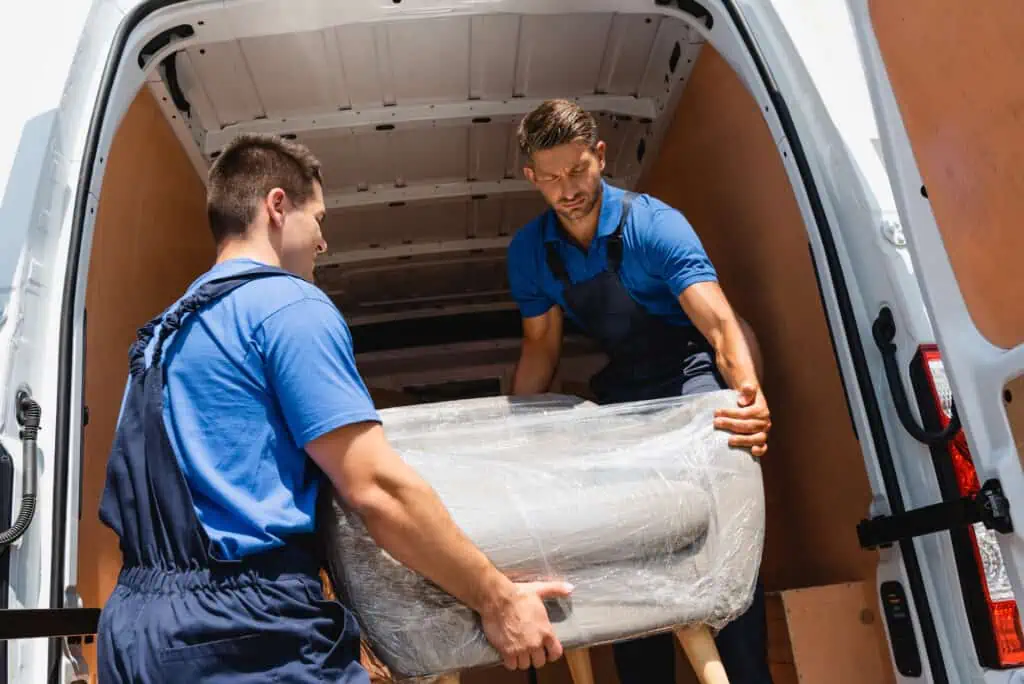



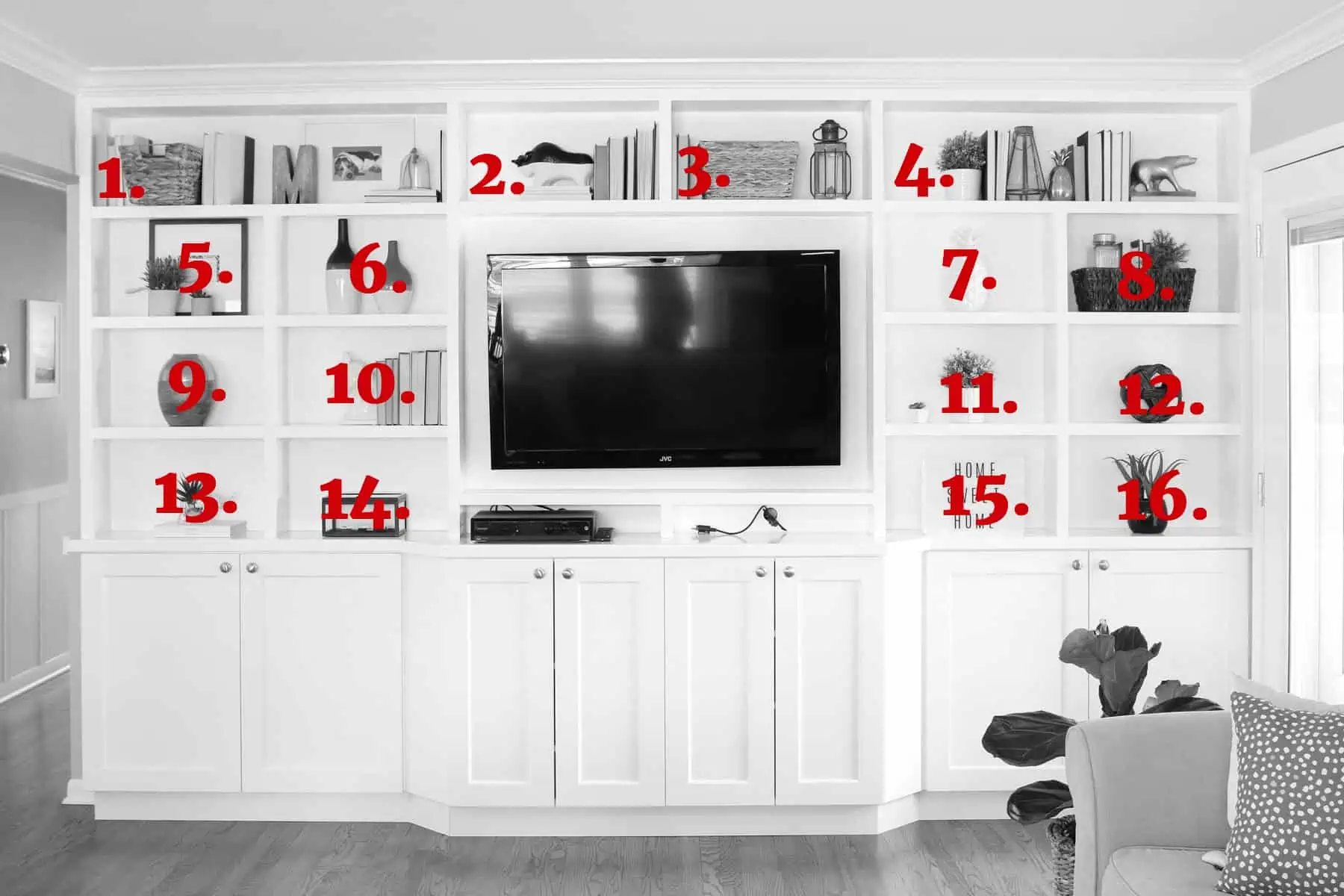
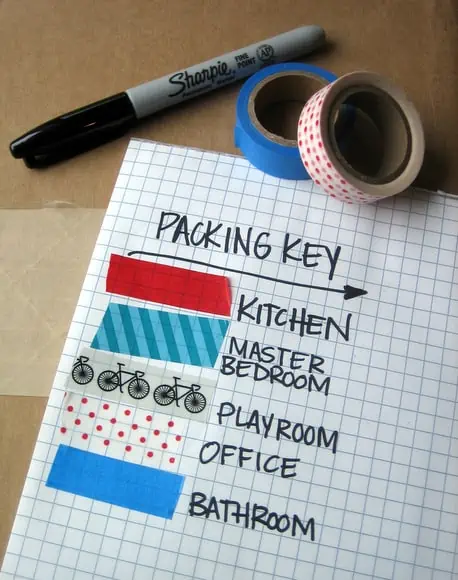 After the photo shoot, gather all of your packing supplies (boxes, paper, tape, scissors, markers … the works!) and start
After the photo shoot, gather all of your packing supplies (boxes, paper, tape, scissors, markers … the works!) and start 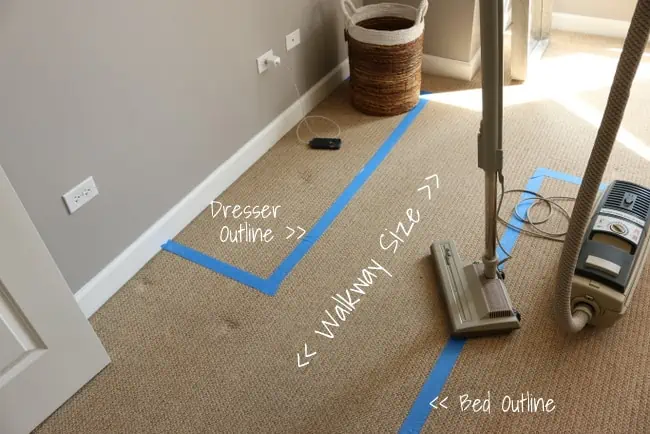
 It may sound easier to just have your Helpers pile up all of the boxes in one spot of your new place, but unpacking will be a lot easier if you follow your
It may sound easier to just have your Helpers pile up all of the boxes in one spot of your new place, but unpacking will be a lot easier if you follow your 



